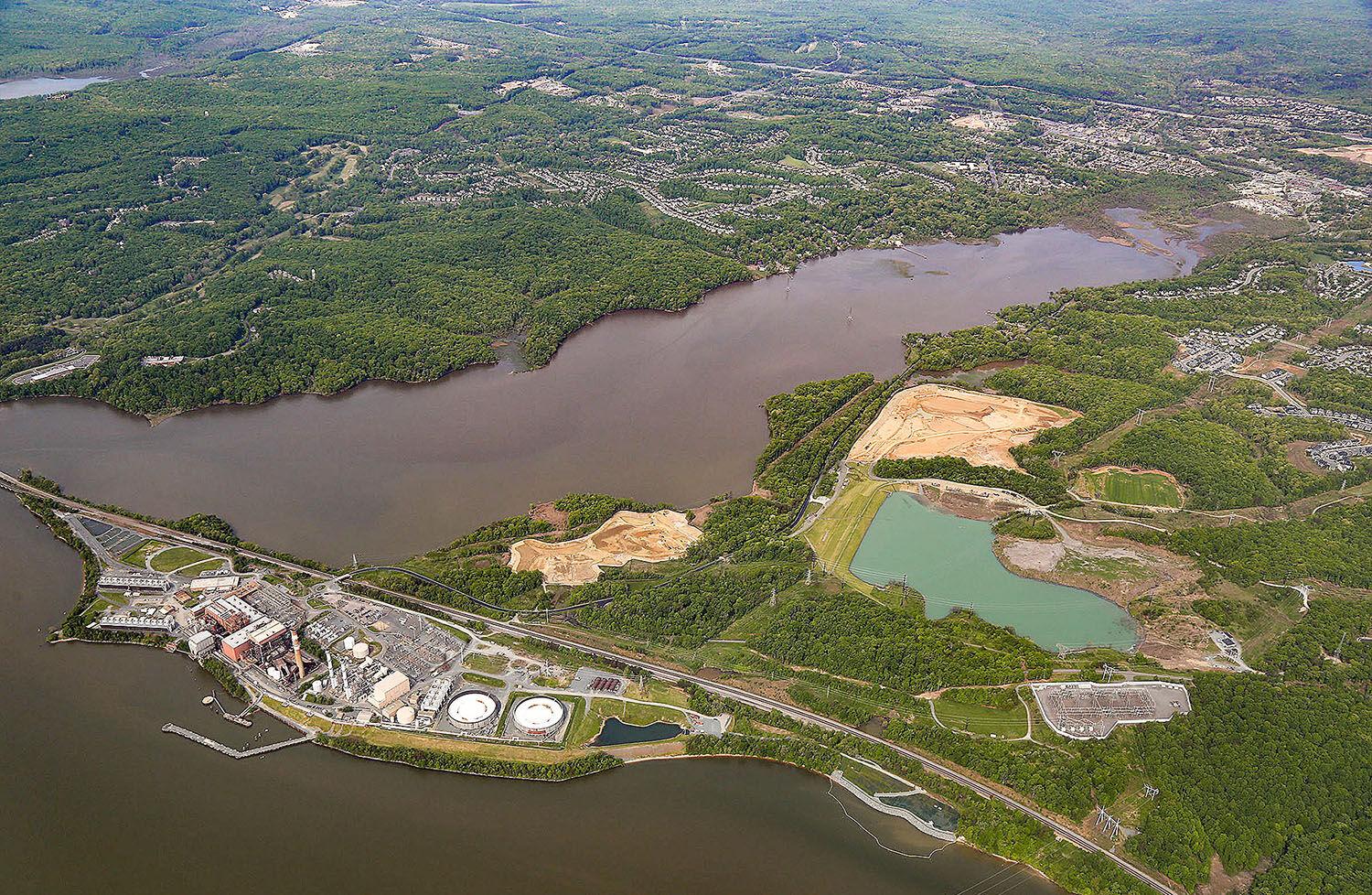The Chesapeake Bay Program released its “Bay Barometer” Thursday, a snapshot of the Bay that uses 20 different indicators of environmental health and restoration.
Mattawoman Creek. Photo: Will Parson/Chesapeake Bay ProgramThis year’s Bay Barometer notes positive trends in several indicators, including the acreage of underwater grasses, female blue crab population, streams opened to fish passage, nitrogen and phosphorous sediment pollution reduction, and water quality standards.
Underwater grasses have seen particular success in recent years, with 53% of the goal to sustain 185,000 acres already met.
“Submerged aquatic vegetation is an integral component of the Chesapeake Bay ecosystem. While we have witnessed underwater grasses expand and contract over the decades, we have recently observed several consecutive years of growth that have corresponded with improving water clarity and quality. The past two years have seen record-breaking numbers – in 2016, 97,668 acres of vegetation were mapped – bringing us ever closer to our bay restoration goal. Our collective management efforts designed to enhance and restore the bay appear to be positively affecting submerged aquatic vegetation habitat,” said Brooke Landry, Chair of the Chesapeake Bay Program Submerged Aquatic Vegetation Workgroup.
The Bay also saw a turning point in the lesser-known issue of fish passage. Dams in the Bay’s tributaries serve as barriers for migratory fish who swim upstream to spawn. 1,000 stream miles have been reopened to fish passage, to help restore historical fish migration routes.
“Shad and other migratory fish face incredible odds in their journeys from the ocean through the Chesapeake Bay and upstream to their home rivers. The most common barriers are small to mid-sized man-made dams, which range from a few feet to over 20 feet high. In collaboration with other conservation partners, 15 dams were removed across the Commonwealth of Pennsylvania in 2017. These restoration actions re-opened miles of tributary waters throughout the Bay watershed to fish migration and restored streams to natural channels,” explains John Arway, Executive Director of the Pennsylvania Fish and Boat Commission.
As for the progress being made in pollution reduction, the Chesapeake Bay Program says agricultural, urban, and suburban runoff continue to be a challenge, as the watershed population grows and development presses on. But, the Progam points out, these land use pressures are opportunities to engage with private landowners, local governments, and watershed residents.
Maryland Governor Larry Hogan, the Chair of the Chesapeake Executive Council, says, “The Chesapeake Bay is our greatest natural asset… Together with our partners on the Chesapeake Executive Council, we have made great strides, and we are committed to continuing to make historic investments and fight for the Bay. It will take all of the Bay jurisdictions and our federal partners working together to build on this incredible progress and secure the Chesapeake for future generations.”
The Chesapeake Bay Foundation responded to the Bay Barometer report Thursday. President William C. Baker issued this statement:
“This is great news! The federal/state partnership we call the Bay Blueprint is working. But is the Bay saved? Not even close! That is why we urge Congress to fully fund EPA’s Chesapeake Bay Program. We also urge EPA Administrator Scott Pruitt to cease his ongoing efforts to weaken federal clean air and water laws. Now, more than ever, we need EPA as a federal partner that will champion clean water.”



